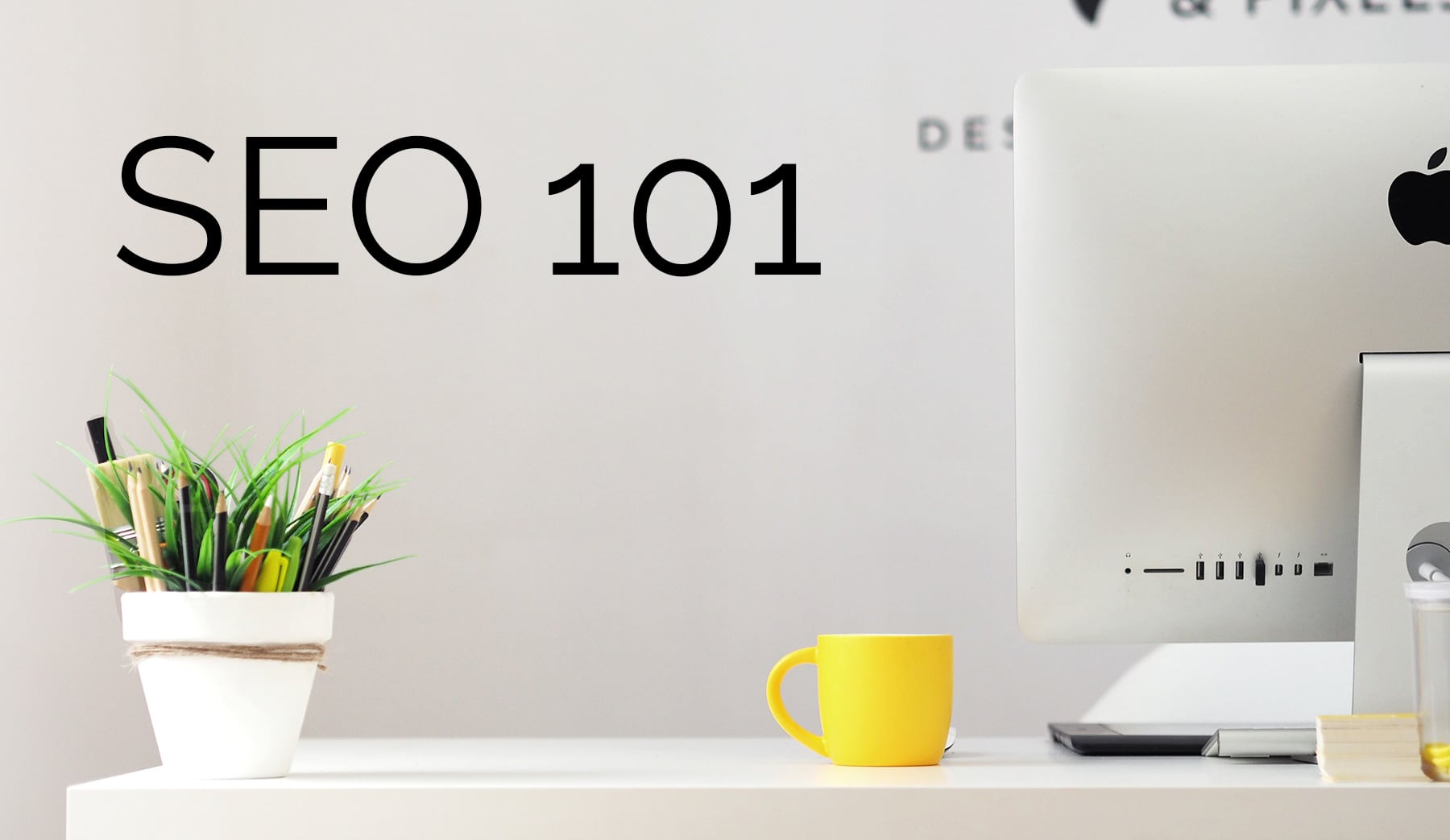Search Engine Optimisation 101
So, you’ve decided to implement search engine marketing (SEM). The phrase SEO is being thrown about, but you’re not quite sure what it means or what to do with it. Now you’re beginning to panic.
In an attempt to improve your understanding, you churn through what feels like a million online guides and forums but find yourself even more lost and confused than you were to begin with. You may even be tempted to sack off the idea altogether.
But wait. Don’t give up. Get back on the search engine marketing horse and let us take you for a little ride. Here at Flourish we appreciate how confusing this journey can be at the beginning stages, and so we’ve written this simple blog to help you get your head around that dreaded acronym/three letters – SEO.
First up, what the hell is SEO?
Glad you asked. Search engine optimisation (SEO) is the process of gaining website traffic through ‘natural’ or ‘organic’ ads in search engine results (Google, Bing, Yahoo etc.). These ads tend to appear in the middle of the page sandwiched between pay-per-click (PPC) ads, and are free. And that’s everyone’s favourite price for media, right?
SEO can be divided into two areas: (1) link building i.e. trying to feature links to your website in relevant and reputable online sources or shared across social media (this is usually in the form of article features, directories, posts or blogs) and (2) the back-end of your website i.e. coding. Link building tends to focus on providing fresh and relevant user content and the back-end of your website should be optimised to ensure a clear and navigable journey.
What are the pros & cons of SEO?
Pros:
a) It’s free (you are not charged when a user clicks on your ad), as opposed to PPC ones.
b) Some users prefer the look of natural ads as opposed to PPC ones.
c) It can work in unison with PPC ads to help secure dominance of search engine results pages (SERP).
d) Part of SEO is link building which can also help to increase your brand awareness/ reputation.
e) Part of SEO is your website which can also help to improve user experience.
Cons:
a) It can take a long time to appear in the top search results – SEO is a full-time job!
b) It is time-consuming. Careful analysis and optimisation needs to take place regularly in order to increase your SEO.
c) Unlike PPC, it is difficult to measure as there isn’t a specific search engine interface that records results. Subsequently, marketers tend to use multiple third-party platforms.
What tools should you use to measure your SEO?
As mentioned earlier, SEO is made of up of link building and the back-end of your website. Therefore, certain tools apply to these two areas:
Link Building
a) SEMrush or SimilarWeb: These provide insights such as traffic channels, referrals and keyword statistics from your competitors as well as your own site.
b) Hootsuite or Buffer: These provide insights into your social media strategy such as the % change in likes, followers, shares, mentions etc.
c) Buzzsumo: These provide insights such as social media shares and engagement metrics and backlinks from your competitors as well as your own site.
The Back-End of your Website
Screamingfrog, Siteliner or Google Search Console: These provide insights into the back-end of your website such as duplicate content, meta descriptions, title tags, image alt text, pages indexed etc.
It’s important to note that these tools will cost you, but without them it’s almost impossible to measure the success of your SEO.
SEO v PPC - which one should I choose?
Well, to be honest, in an ideal world you would use both. That way you can ensure that your website holds a large share of the SERP. However, this like most things does come with a large price tag. Therefore, if you have a smaller budget we would recommend using PPC to help provide you with quick results. You can then determine whether search engine marketing is right for you and then accumulate a budget to spend on SEO.
If you’re now thinking SEO might be right for you and want to know more, please get in touch with Ian Reeves our General Manager for more information.
